|
Before completing Fresh Stock's recent relocation to the United States, we were scrambling to check off things on our Japan bucket list. And while I hope we'll still have plenty of chances to keep checking things off (the list remains long after living in Japan for many years), we were able to do one of the big ones: we finally visited Hokkaido.
Hokkaido is Japan's northern island and the second biggest of its four main islands. It's famed for its nature, containing vast tracks of wilderness and several of Japan's famous national parks. Its capital, Sapporo, is Japan's fourth largest city, and it offers world class shopping and culture. Thanks to its proximity to Russia and Arctic winds, Hokkaido gets some of the highest snowfall in the world. The Sapporo Snow Festival, held annually in February, features an epic international snow sculpture contest. Lots of Japanese and foreign tourists alike flock to Hokkaido for the food. It's famous for its ramen, sea food, and as Japan's main producer of potatoes and dairy products. Besides some epic bowls of ramen (which can even be found in the airport!), we especially enjoyed eating a local favorite called "Genghis Khan", a lamb yakiniku dish named after the round grill that resembles a Mongolian helmet. Hokkaido has a fascinating history. Before becoming an outpost and later a prefecture of modern Japan, it was home to the Ainu, one of Japan's often neglected native peoples. After centuries of difficult dealings with the mainline Japanese, the Ainu were only recently officially recognized as an indigenous people with their own unique language, religion, and culture. While exploring Hokkaido, we saw less evidence of Ainu than I would have liked to have seen, but there are special attractions and museums where you can learn about their unique heritage. The city of Hakodate, Hokkaido's second biggest, was one of several port cities to open up to the western trade during the 19th century. This history is evident throughout the city, and numerous historical western buildings abound. The 19th century star fort, Goryōkaku, was even more impressive than our expectations and definitely made the long trip worth it. Before leaving Hakodate we stopped by a more modern attraction, Hakodate T-site, one of Tsutaya Books' flagships. This epic concept store is one of only two in the country, the other being the Daikanyama T-site in Tokyo, and they seem to be Tsutaya's answer to keeping the book store relevant. In addition to the usual books, music, and movies, the store was filled with premium lifestyle goods, limited collaboration products, and one of the best stationery sections around. Below are just a few photos from our adventure. I always dreamed of visiting Hokkaido, and I was not disappointed. In fact, I left thinking that if anything, Hokkaido is underrated, and more Western tourists should put it on their Japanese itineraries.
0 Comments
Recently, the summer humidity has given way to cooler temps, the leaves have begun to change colors, and it’s finally starting to feel like autumn. But before any of these things happened, we knew that fall was upon us when we started seeing seasonal foods arrive at our local supermarkets and convenient stores. The average Japanese supermarket is not able to maintain the year-round varieties of foods like enormous U.S. grocers can, so food seasonality becomes much more important here. Seasonal foods also have cultural and even religious significance, so foods are connected to seasons in a very profound way. I bet if you asked the average Japanese, they would have a hard time imagining a season going by without eating the prerequisite seasonal foods. Like the falling leaves, it's simply another indicator of the passing of time. 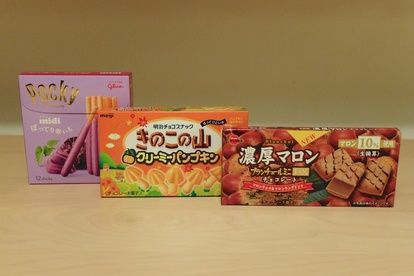 In addition to seasonal cuisine being offered in restaurants or cooked at home, Japanese snack makers have also gotten on board with the seasonal changes and produce chips, crackers, and chocolates in limited seasonal flavors. During the fall, you can enjoy your favorite treats in pumpkin, chestnut, and sweet potato. Japan often experiments with limited flavors, and it’s a regular occurrence to fall in love with a new flavor only to see it go away and never appear again. If a limited flavor is connected to the season, at least you can look forward to eating/drinking it once a year. During autumn in Japan, there are also seasonal activities like mushroom hunting, picnicking beneath or just watching the changing leaves, and participating in fall festivals. Fall festivals can be large, regional events or small, neighborhood get-togethers. Most have religious significance, relating to the fall harvest or honoring the moon, but their contemporary goal is to bring local communities together. If you ever visit Japan in the fall, I highly recommend seeking out a fall festival, whether it be big or small, to have an experience usually only reserved for locals. In honor of autumn, we want to show off a few of our fall colors at Fresh Stock. If your pencils and notebooks are looking a little dull, you can think about picking up some new office items in yellows, oranges and golds. |
AuthorBenjamin Stock founded Fresh Stock in Kobe, Japan and now runs it in the U.S. along with his wife, Rebecca. Archives
November 2017
Categories
All
|

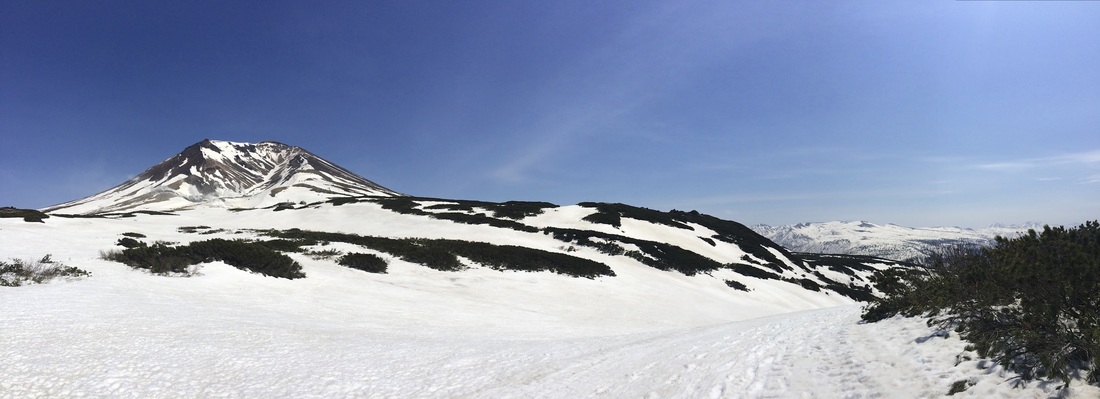
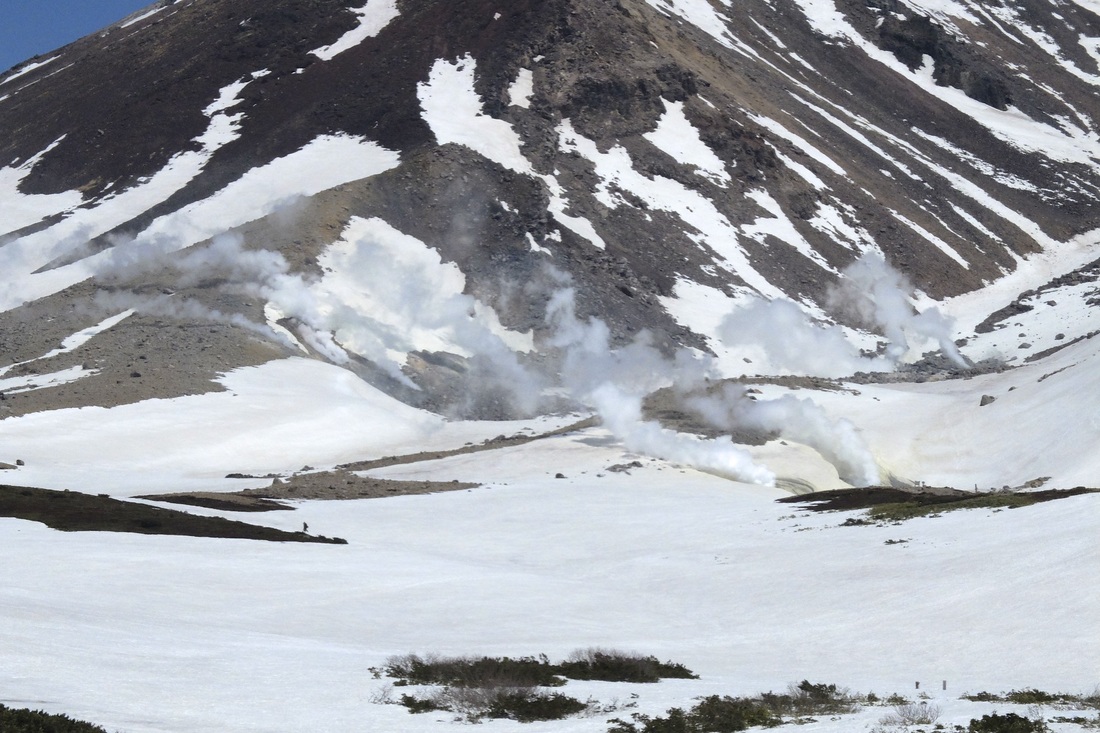
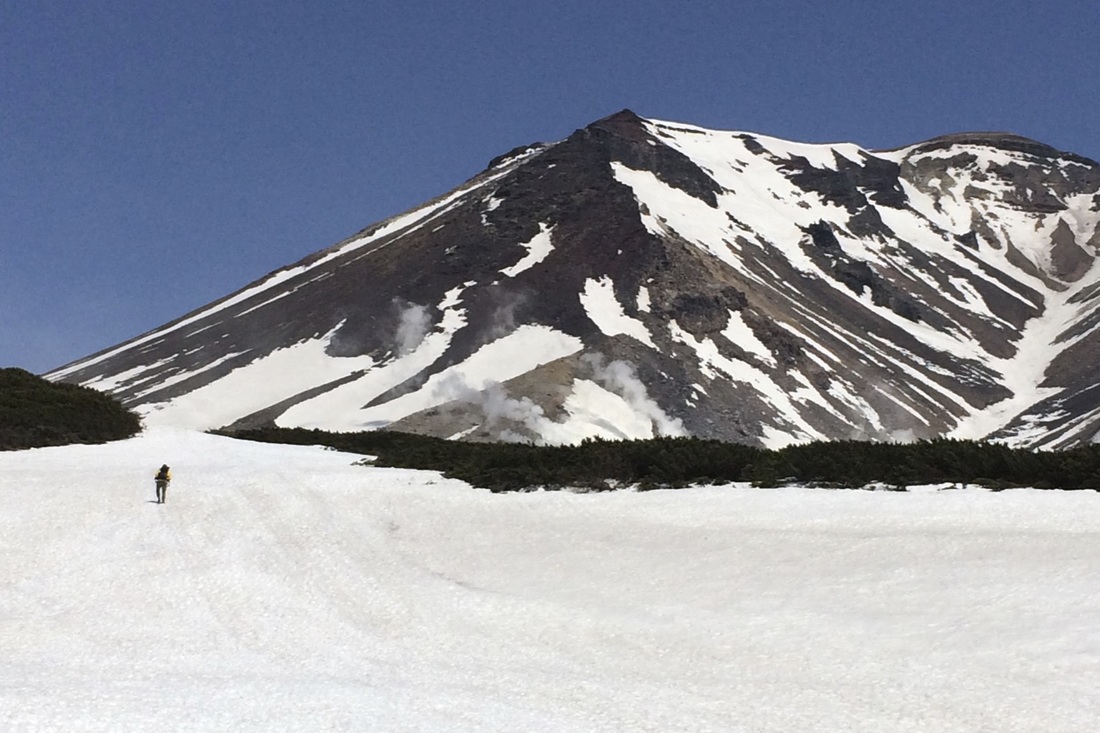
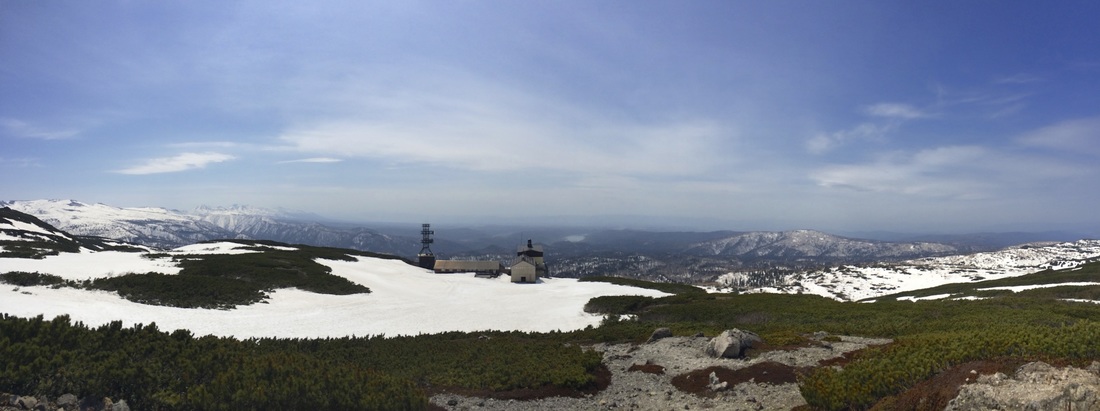
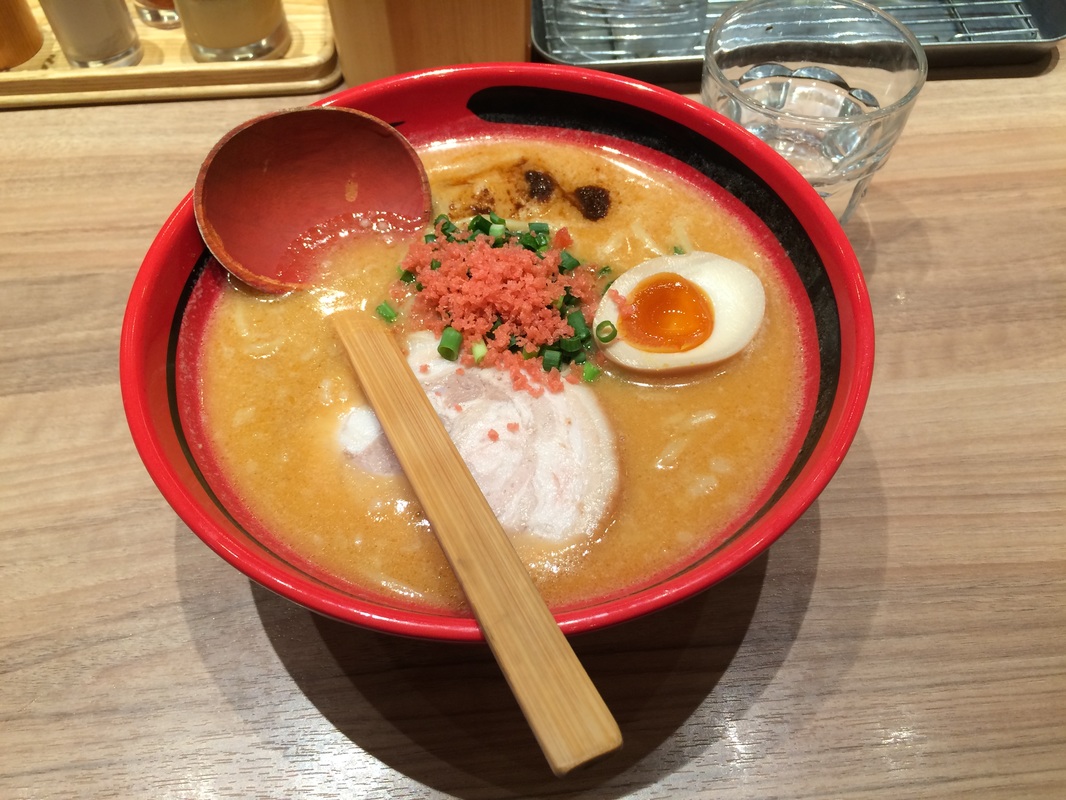
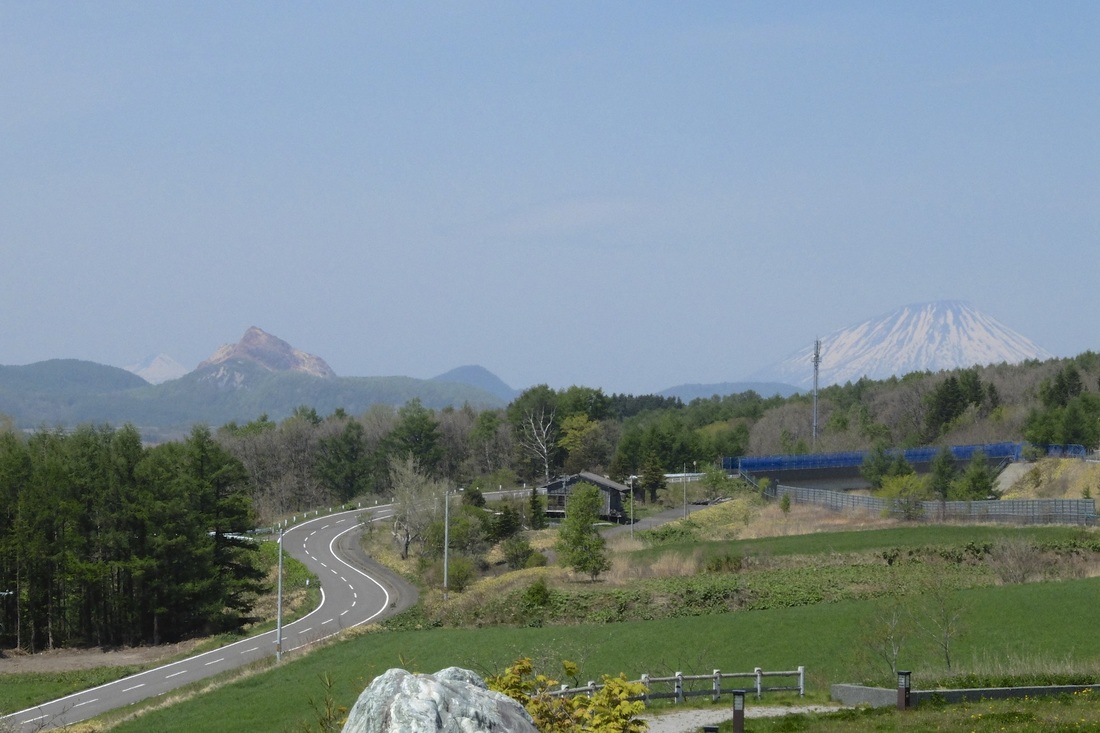
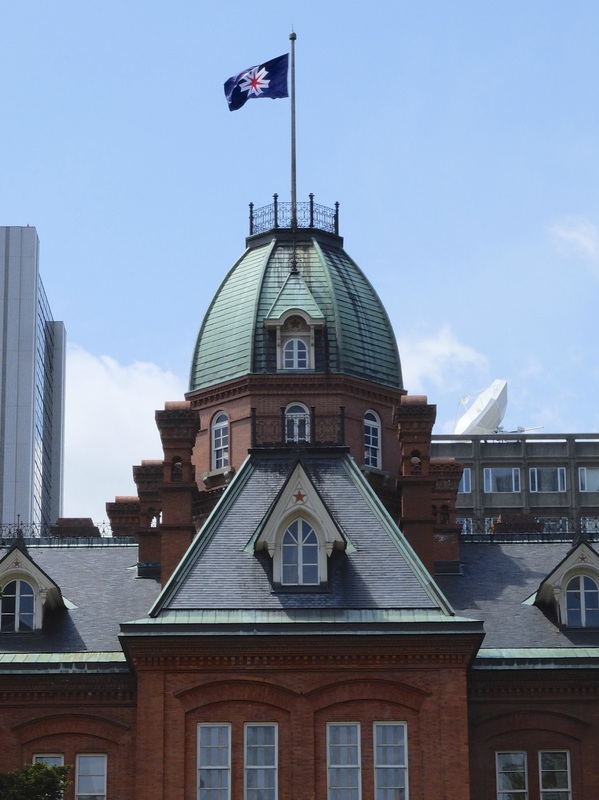
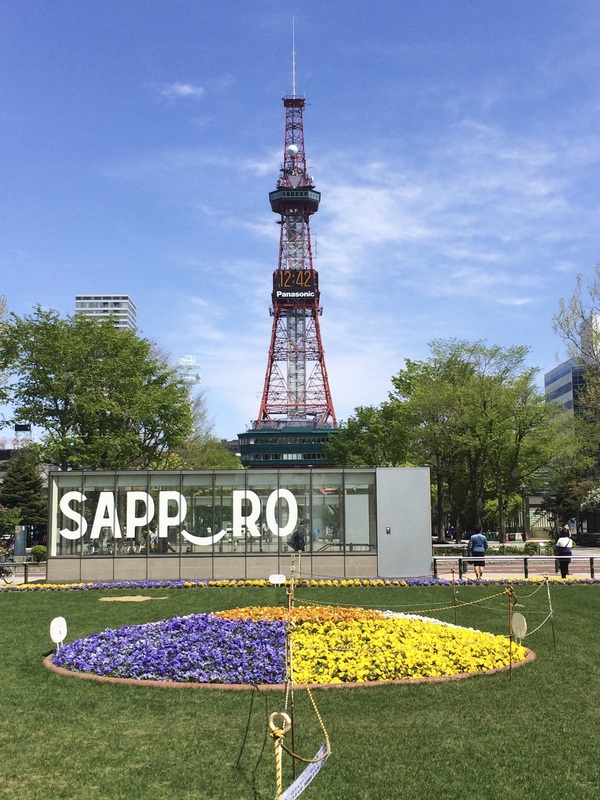
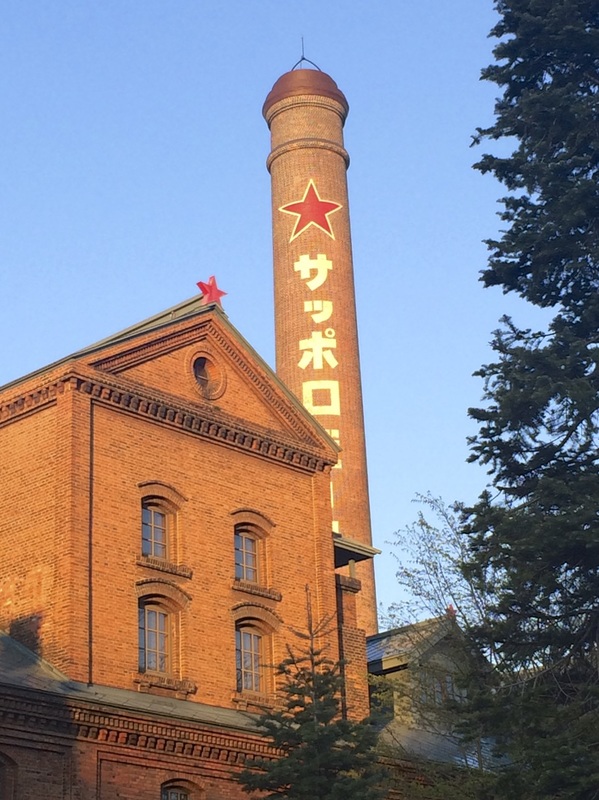
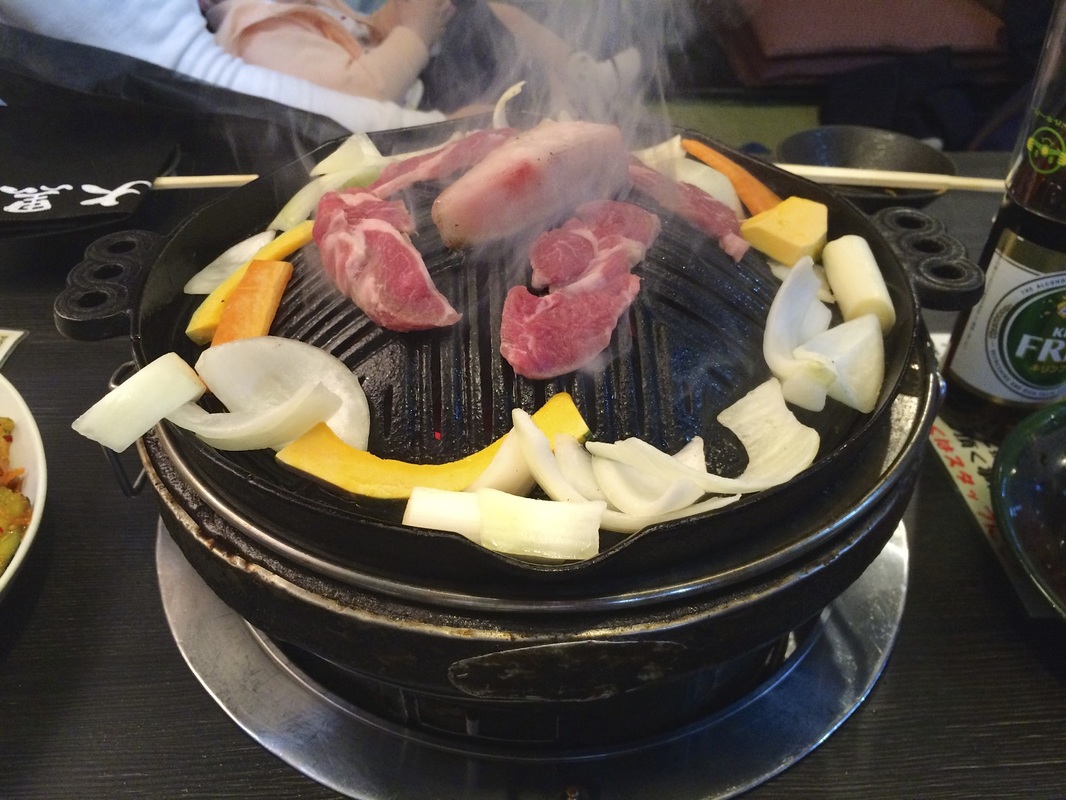
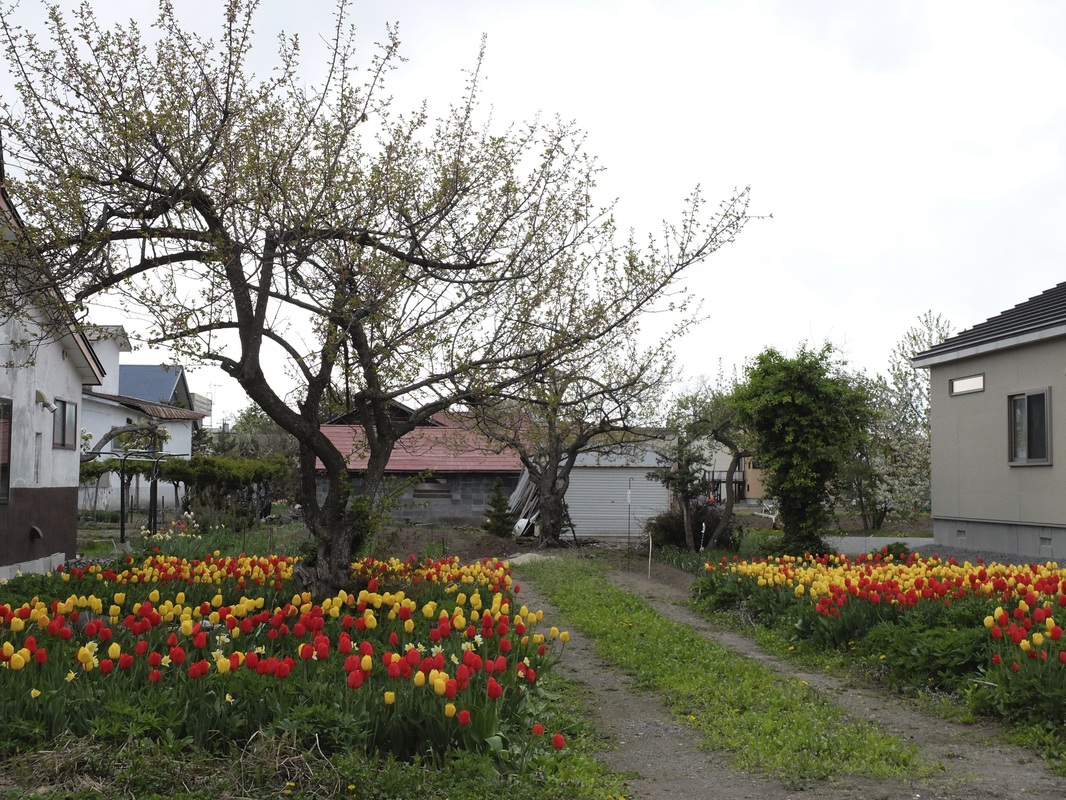
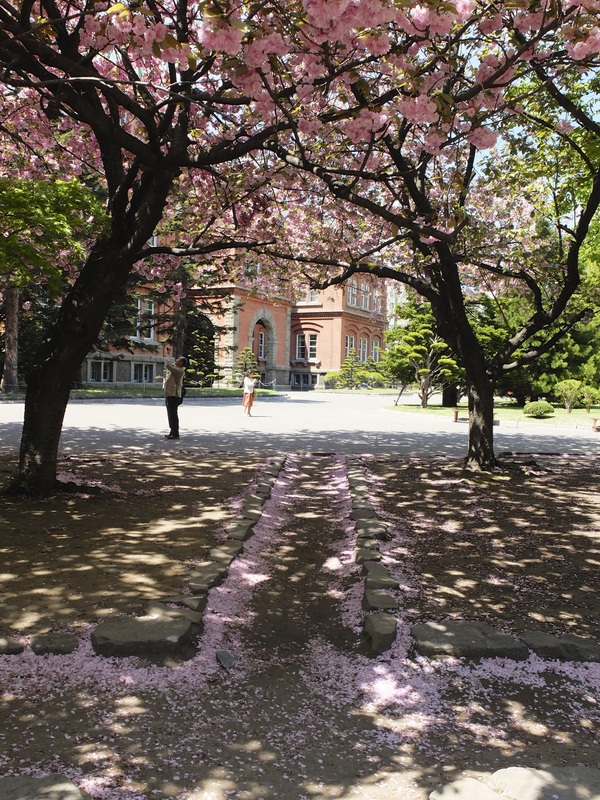
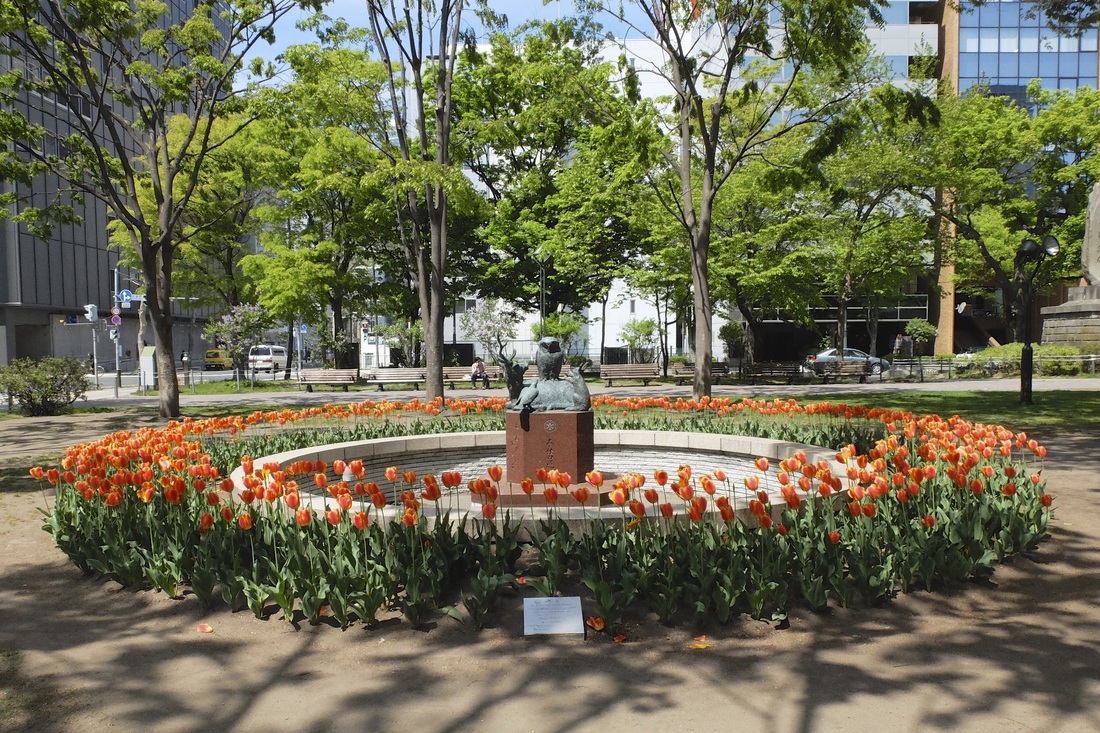
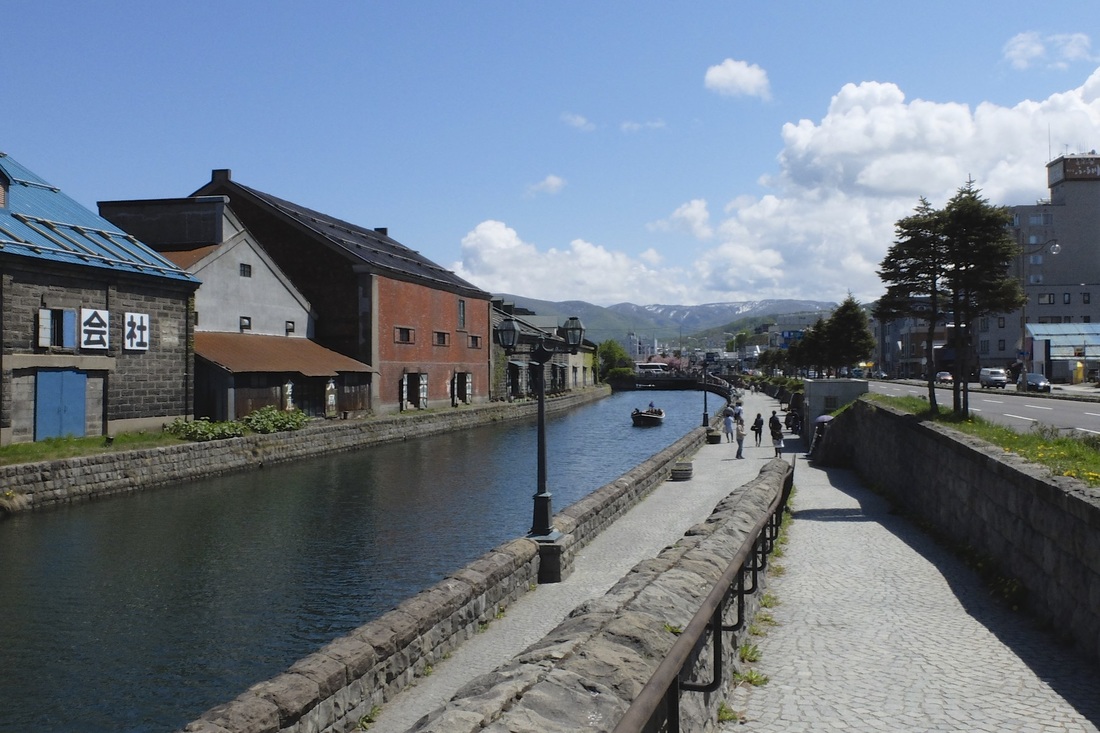
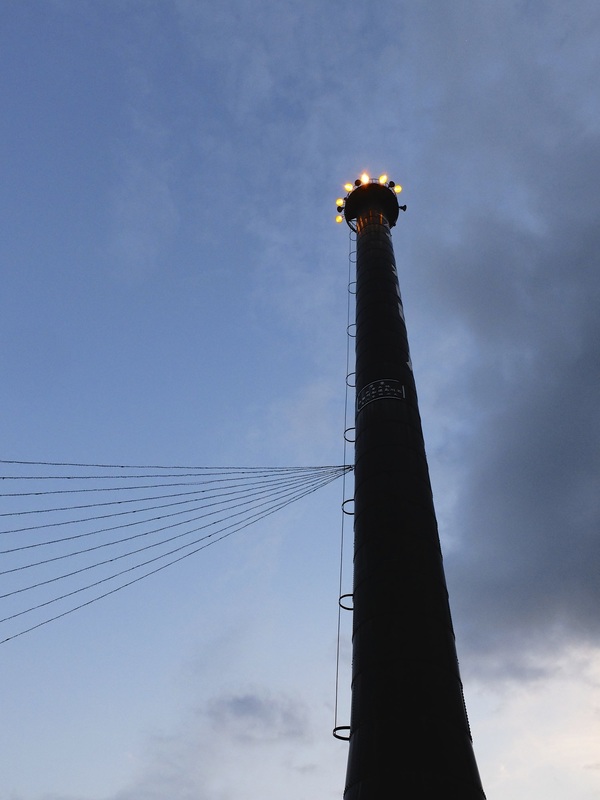
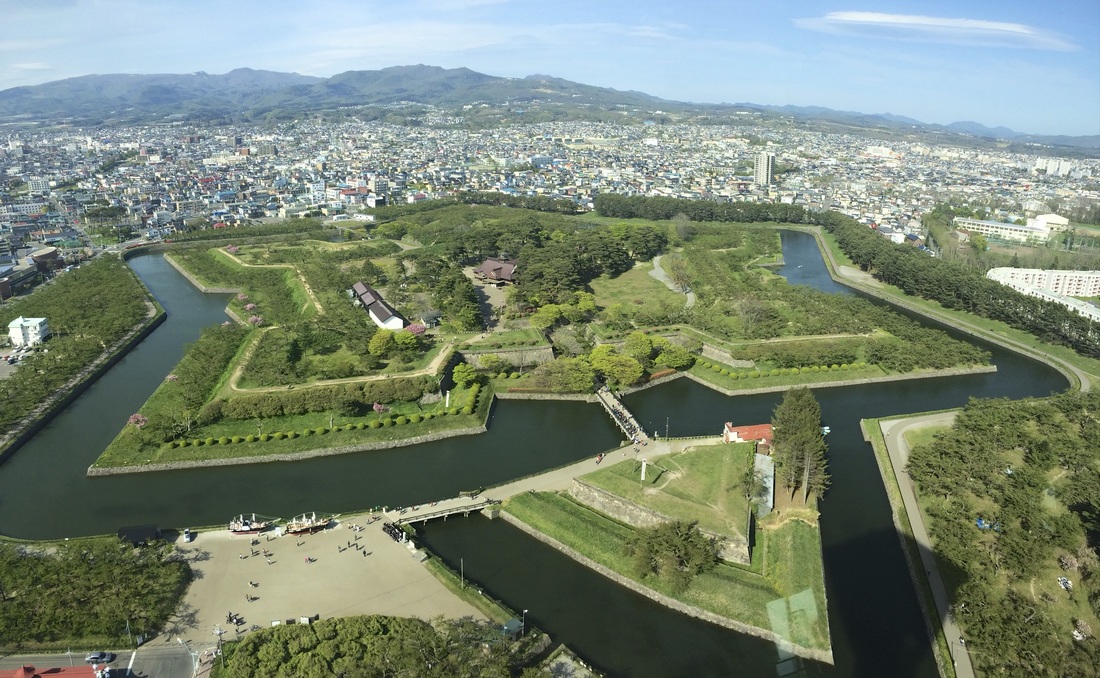
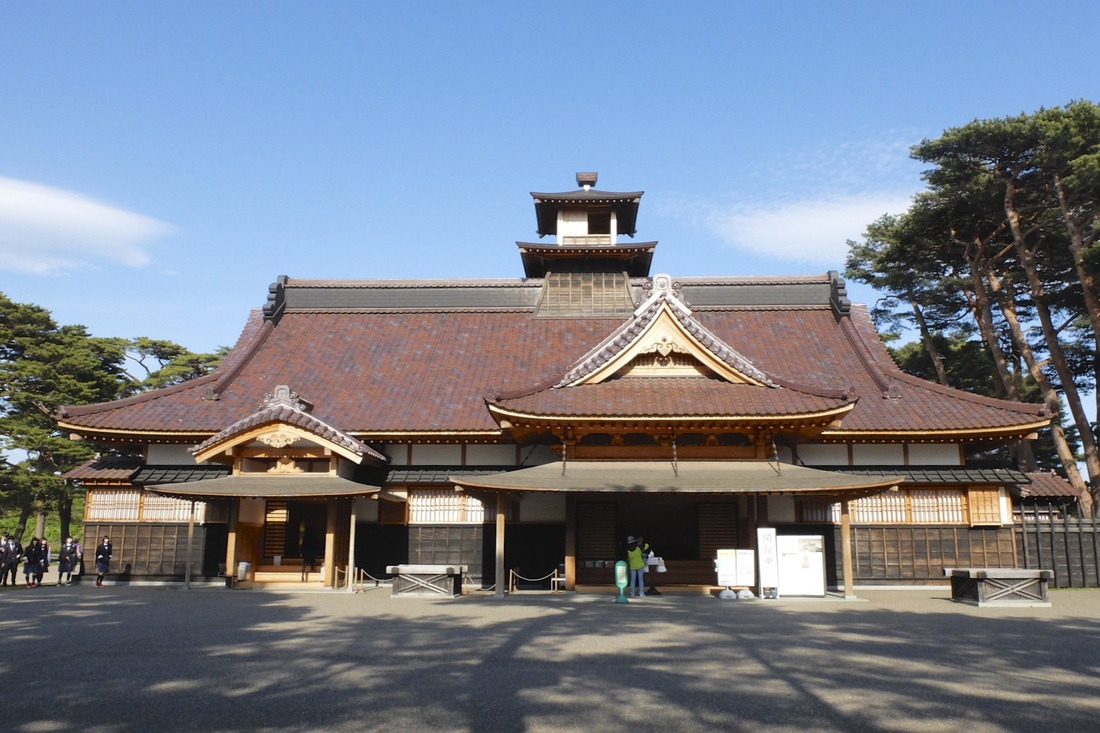
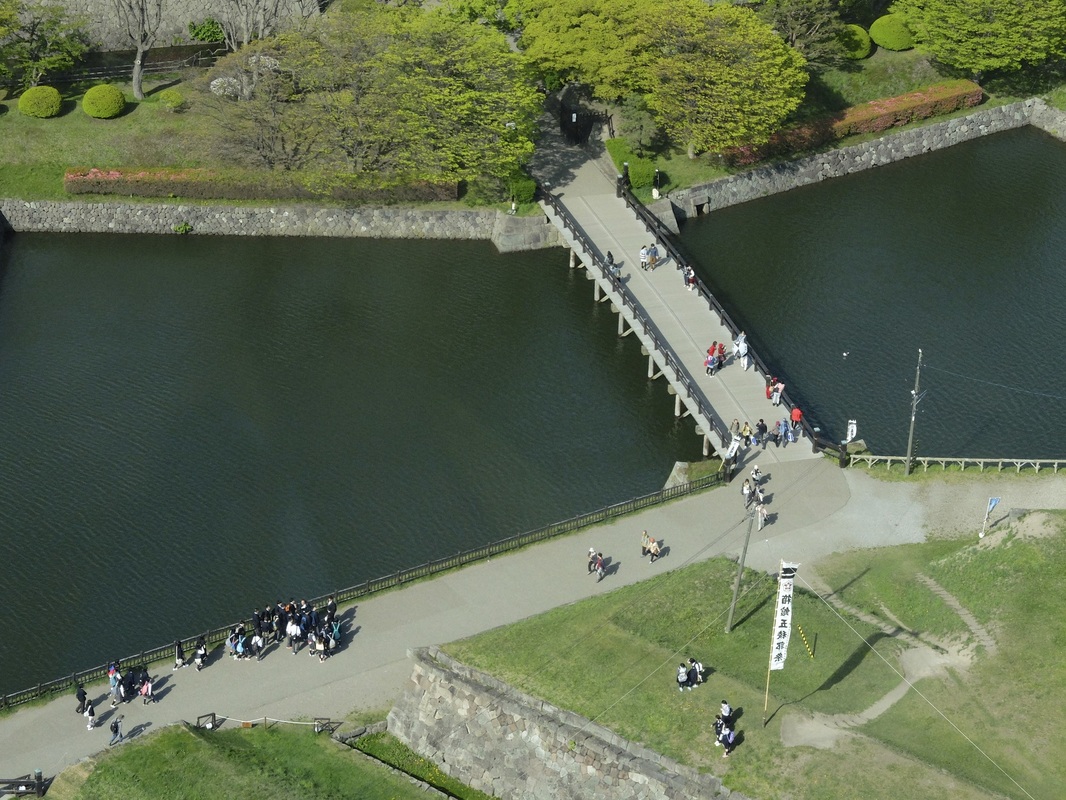
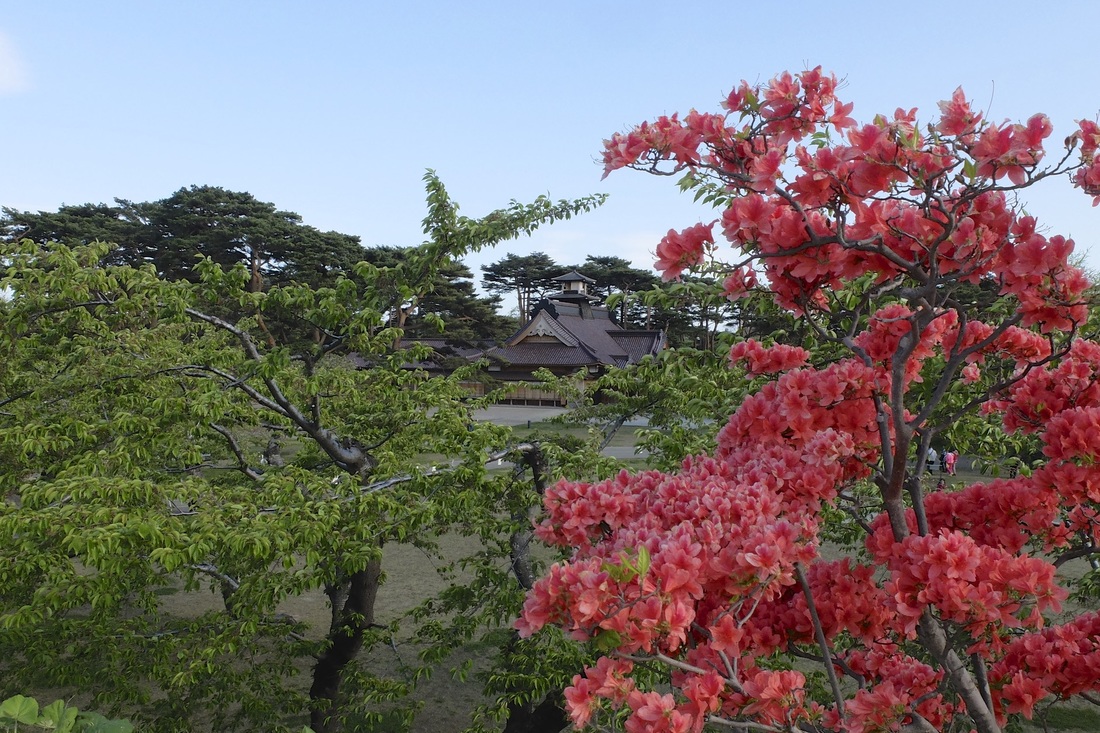
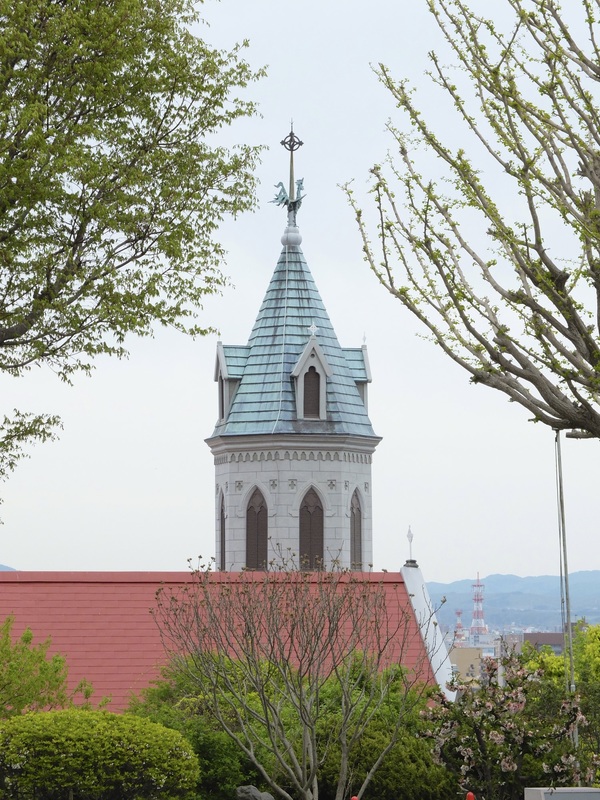
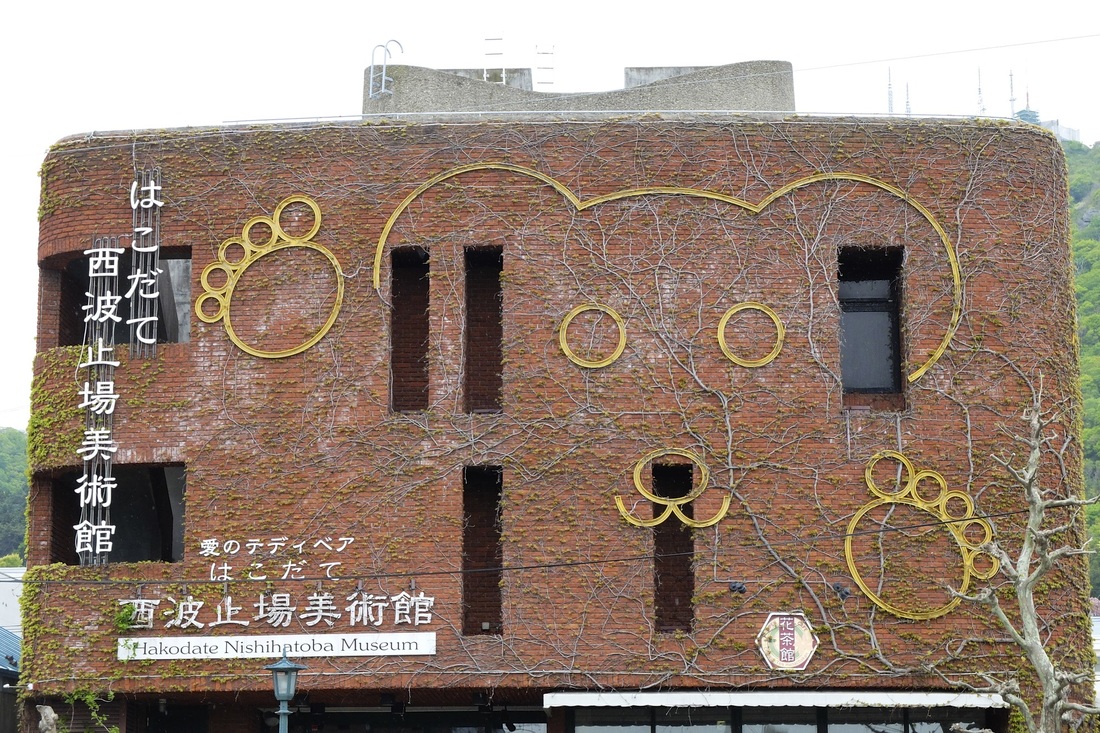
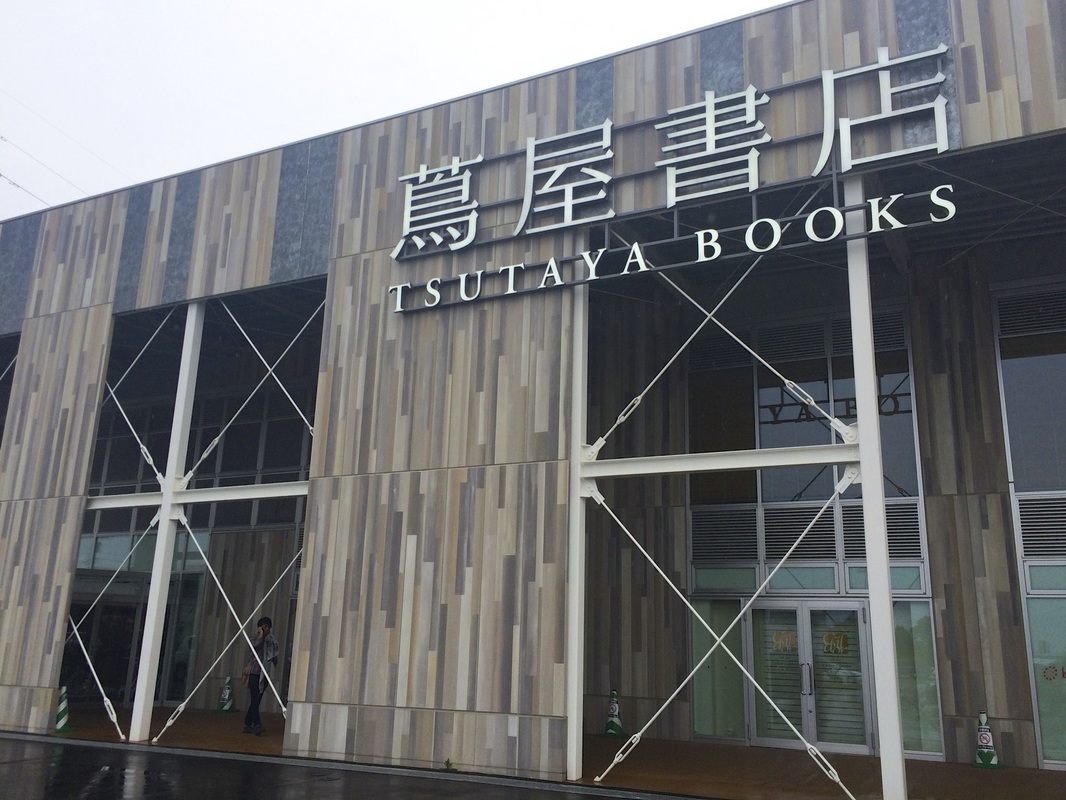
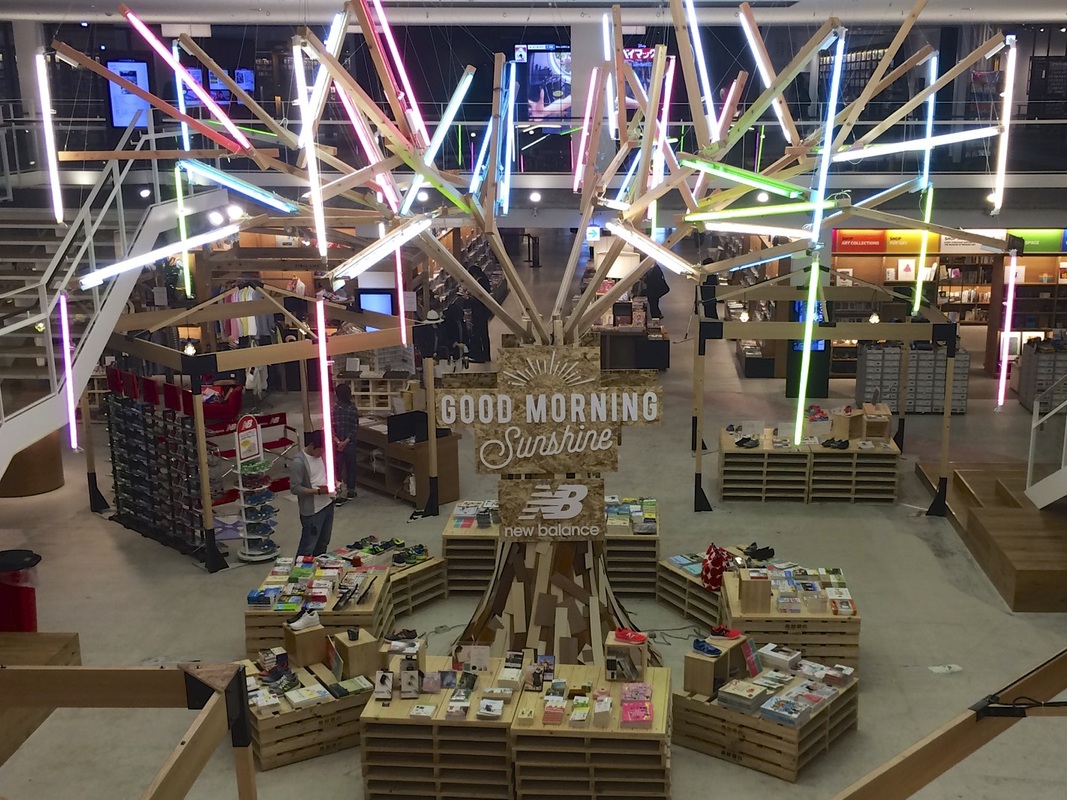
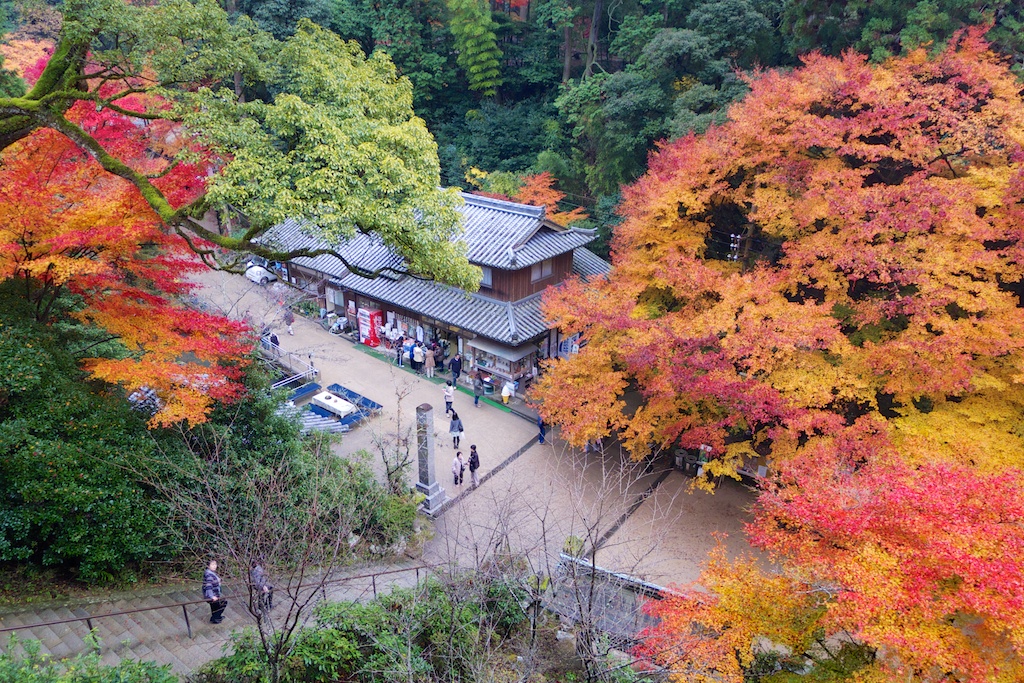

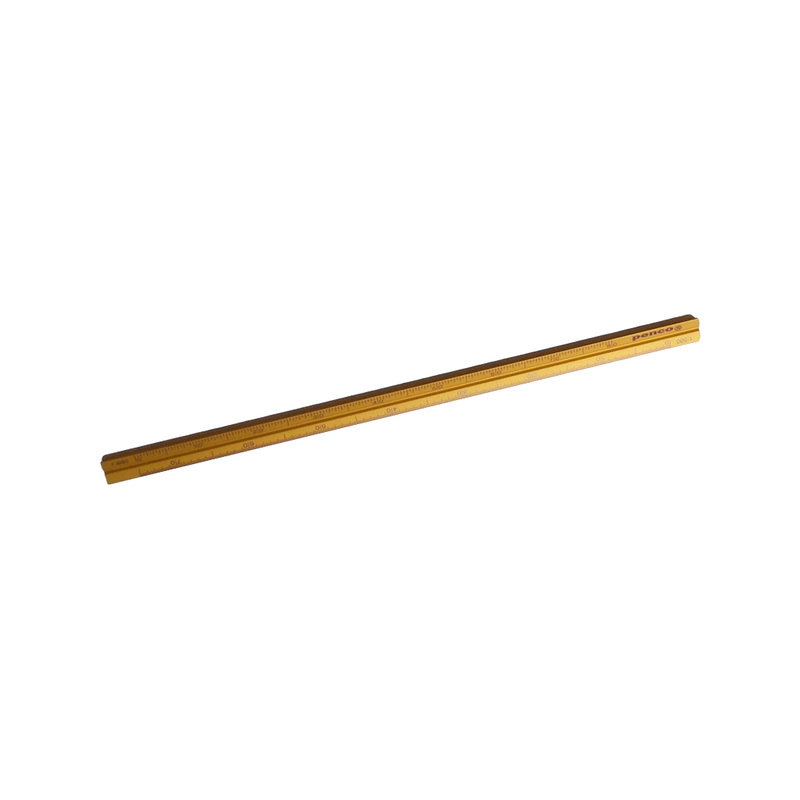


 RSS Feed
RSS Feed
